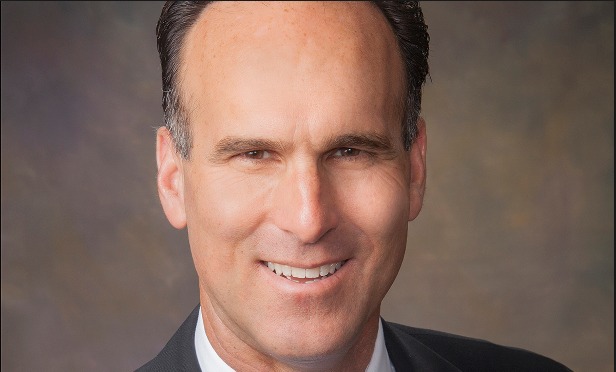 Kurt Strasmann is a executive managing director at CBRE.
Kurt Strasmann is a executive managing director at CBRE.
Industrial investment activity is on track to set new records this year in Southern California. Through August of this year, industrial investment is up 5.5% in the Los Angeles, Orange County and Inland Empire region, according to research from CBRE. In total, investment is $7.4 billion so far this year, with e-commerce, last mile and cold storage the favored asset types in the sector. Industrial investment has continued to increase each year, and experts say that it isn't surprising capital demand continues to grow.
"Industrial assets have outperformed all other asset classes. Investors have taken note and increased their allocations to the Industrial sector," Kurt Strasmann, executive managing director at CBRE, tells GlobeSt.com. "Secondly there has been an exceptionally increase in very large portfolios/entity type acquisitions in 2019. Lastly the outlook on the basic fundamentals for Industrial continues to excel. We don't see this changing anytime soon. These factors along with a few others position industrial product as the favorite among investors heading into 2020."
While investment activity is growing, the drivers are the same. Strong returns and tenacious demand for limited product is creating a voracious appetite for industrial deals. "First, superior returns and rental rate appreciation is driving demand. Second, in most markets demand continues to outpace supply, and third, development is not getting any easier so in the infill markets especially there are significant barriers to entry that limits new construction or an over-supply situation," says Strasmann about the drivers of the activity.
Institutional capital has been the most active player. So far this year, institutional capital has acquired $1.3 billion in industrial product, over the $1.1 billion purchased by the same time last year. "The returns within the industrial sector are better than most of the other alternatives," says Strasmann. "As a result many institutional investors have increased their allocations for industrial product. Secondly, 2019 has seen several exceptionally large portfolio/entity type transactions, more so than usual."
On the other hand, private capital has taken a step back this year. "In many cases large institutional investors have lowered their investment threshold on acquisitions," says Strasmann. "In the past many of these investors would not look at anything below $25 million, now most will buy opportunities $10 million and above and several well-known institutional players will dip as low as $5 million and above to build their portfolio in major in-fill markets, like SoCal, one asset at a time. Bottom line is that private investors have more competition now than in the past for smaller assets."
Strasmann expects investment volumes to continue to grow for the next year and beyond. "My outlook is very positive on all fronts. Expect more of the same for the next 12 to 18 months," he says. "Industrial is well positioned through the end of the year and into 2020."
© Touchpoint Markets, All Rights Reserved. Request academic re-use from www.copyright.com. All other uses, submit a request to [email protected]. For more inforrmation visit Asset & Logo Licensing.






